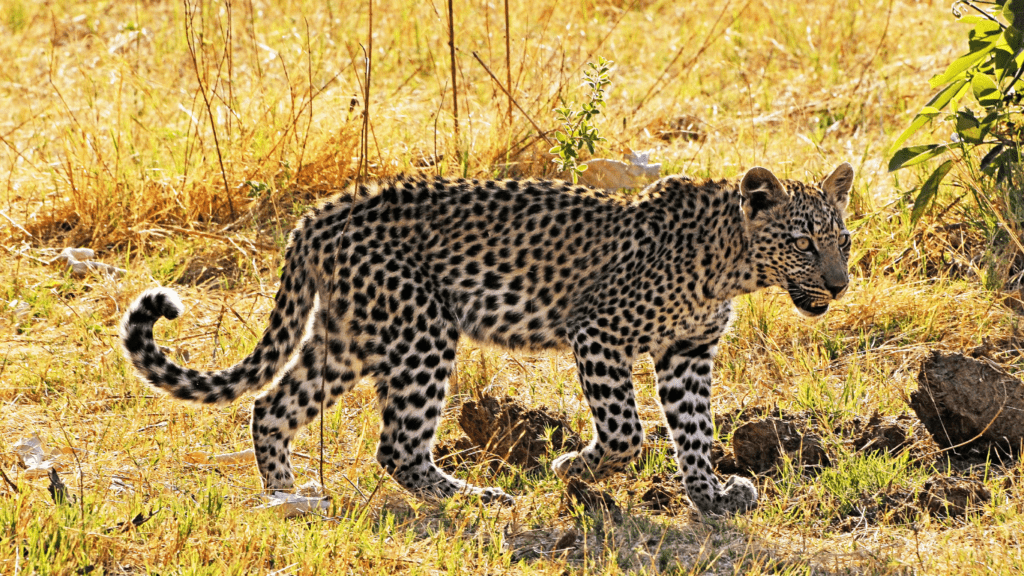Overview of Global Wildlife Conservation Efforts
Global wildlife conservation efforts have led to significant positive outcomes. Successful initiatives protect such:
- endangered species
- restore habitats
- ensure biodiversity sustainability
Key Initiatives and Their Impact
Key initiatives demonstrate the success of global conservation efforts.
- Anti-poaching campaigns in Africa have reduced elephant and rhino deaths by over 50% (source: World Wildlife Fund).
- Marine protected areas (MPAs) in the Pacific have seen fish populations increase by up to 60% (source: Marine Conservation Institute).
- Reforestation projects in South America help revive orangutan habitats, increasing the population by 10% in five years (source: WWF).
- Technology-integrated initiatives, like the use of drones for monitoring, also yield positive results in various regions.
Role of International Cooperation
International cooperation is crucial in global conservation. Treaties like the Convention on Biological Diversity (CBD) and CITES facilitate cross-border collaboration for wildlife protection (source: UN). Countries share resources and knowledge, optimizing conservation strategies.
Non-governmental organizations (NGOs) partner with governments and locals to implement effective measures.
Successful cross-national projects include the Great Green Wall in Africa and tiger conservation in Southeast Asia. Effective international cooperation results in more robust, scalable, and comprehensive conservation plans.
Success Stories From Different Continents

Global wildlife conservation efforts have led to many success stories across various continents. Here, I highlight notable achievements in Africa, Asia, and the Americas.
Africa: Protecting Elephants and Rhinos
In Africa, anti-poaching initiatives and dedicated conservation projects boost elephant and rhino populations. The Rhinos Without Borders project translocated over 100 rhinos from South Africa to Botswana, reducing poaching risk.
Kenya’s ivory burn events and enhanced surveillance have significantly lowered elephant poaching instances. Tanzania’s Serengeti National Park reported a 40% increase in elephant numbers between 2014 and 2018.
Asia: Tiger Conservation Success
Asia’s tiger conservation programs show impressive results with increasing numbers in several countries. In India, population rose by 33% from 2014 to 2018 due to effective management of Tiger Reserves under Project Tiger.
Nepal doubled its tiger population from 121 in 2009 to 235 in 2018, attributed to strong anti-poaching efforts. Russia’s Amur tiger population recovered to nearly 600, a 15% increase in the last decade, thanks to habitat protection and anti-poaching regulations.
Americas: Recovery of Bald Eagles and Jaguars
Wildlife recovery initiatives in the Americas focus on species like bald eagles and jaguars. In the United States, bald eagle populations soared from 417 nesting pairs in 1963 to over 10,000 pairs in 2020 due to the Endangered Species Act and habitat conservation.
In South America, jaguar populations in Brazil’s Pantanal increased, with a notable 60% rise in sightings from 2015 to 2020, driven by habitat preservation and anti-deforestation policies.
Challenges in Wildlife Conservation
Despite significant achievements, wildlife conservation faces numerous challenges impacting progress.
Poaching and Illegal Trade
Poaching and illegal trade pose severe threats to wildlife. The demand for animal parts, such as ivory from elephants and horns from rhinos, drives illegal hunting.
Organized crime networks often orchestrate poaching operations, making enforcement difficult. According to the World Wildlife Fund (WWF), over 20,000 elephants get killed annually for their tusks. Effective policies and international cooperation are crucial to combat these crimes.
Habitat Loss and Climate Change
Habitat loss and climate change exacerbate wildlife conservation challenges. Deforestation, urbanization, and agricultural expansion reduce natural habitats.
The World Resources Institute (WRI) notes that global forest cover has declined by 10% over the past 30 years. Climate change further stresses ecosystems, altering habitats and disrupting species’ natural behaviors.
For instance, rising temperatures affect polar bear populations as ice habitats shrink. Addressing these issues requires comprehensive planning and sustainable development practices.
Innovative Strategies in Wildlife Conservation
Innovative strategies play a crucial role in overcoming wildlife conservation challenges. Advances in technology and active community involvement drive significant positive results.
Technology and Conservation
Technology revolutionizes wildlife conservation. Drones monitor vast areas of land, providing real-time data on animal populations and habitat conditions. Satellite imagery helps track deforestation and habitat loss, enabling quick responses to illegal activities.
GPS collars attached to animals like elephants assist researchers in understanding migration patterns and identifying potential threats.
Poaching is curtailed using camera traps and AI, which identify and alert authorities about suspicious activities.
For instance, the SMART (Spatial Monitoring and Reporting Tool) system is widely used in over 800 conservation areas to gather and analyze data, improving ranger efficiency and effectiveness.
Community Involvement and Education
Community engagement is vital for sustainable conservation efforts. Educating local communities about the importance of biodiversity encourages them to participate in protecting wildlife.
Community-driven conservation programs empower locals to manage resources, ensuring long-term ecological balance.
The establishment of community conservancies, particularly in Africa, connects local residents with conservation goals, offering economic benefits and fostering a sense of stewardship.
In India, the Snow Leopard Trust collaborates with local herders, promoting coexistence and reducing human-wildlife conflict through education and incentives.




